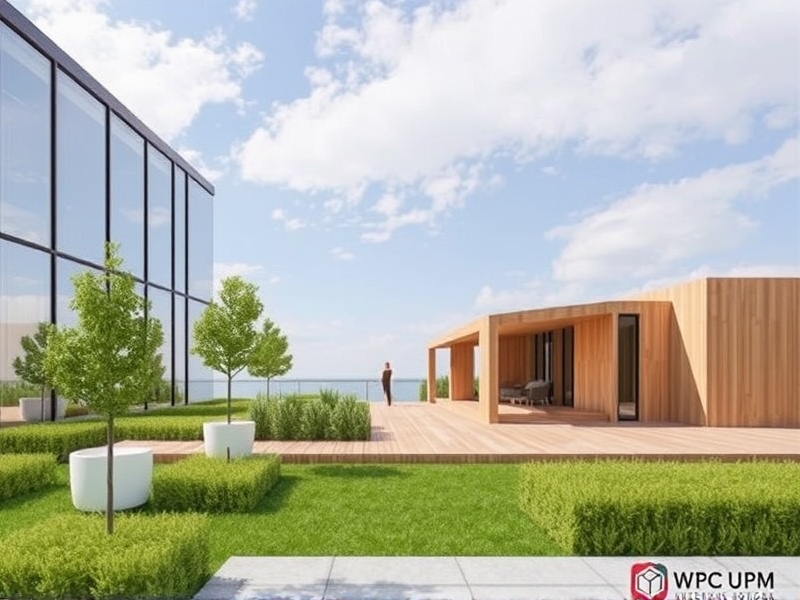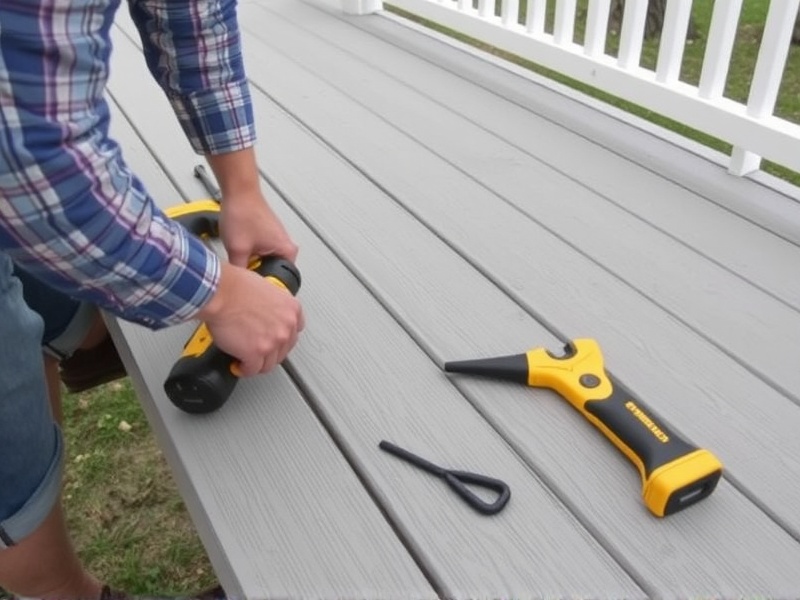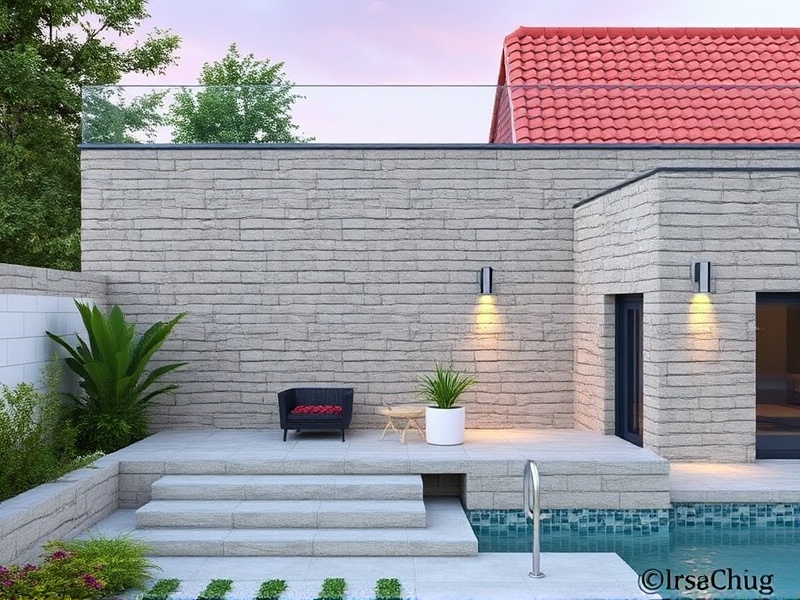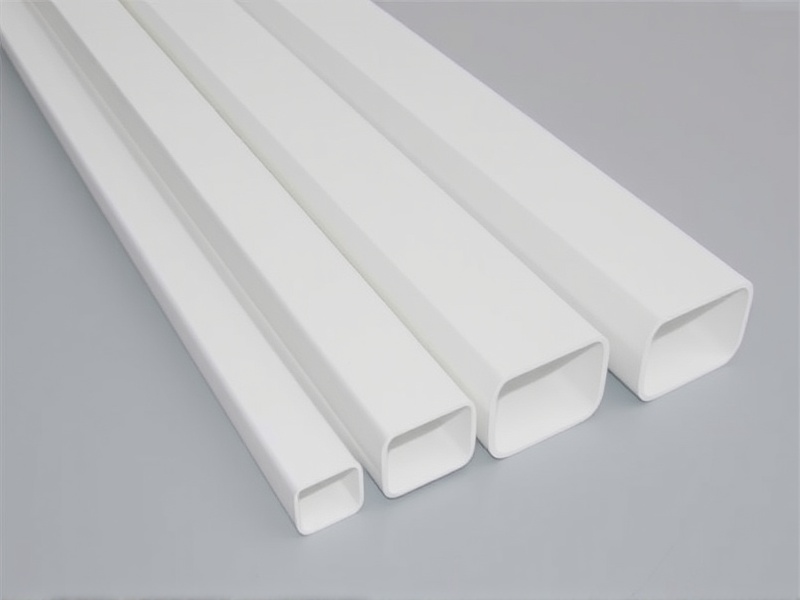WPC UPM: A Comprehensive Guide to Eco-Friendly Building Materials
Introduction to WPC UPM
Wood Plastic Composite (WPC) UPM is an innovative material that combines wood fibers and plastic to create a durable and sustainable product. This guide aims to provide a comprehensive overview of WPC UPM, including its manufacturing process, installation techniques, and economic benefits. By comparing it with conventional building materials, we will highlight its superiority in terms of cost and environmental impact.
Manufacturing Process of WPC UPM
The production of WPC UPM involves blending recycled wood particles or sawdust with high-density polyethylene (HDPE), polypropylene (PP), or PVC. The mixture is then extruded under high pressure and temperature, resulting in a uniform composite material. This process not only ensures durability but also reduces waste by using recycled materials. For a deeper understanding, you can refer to the UPM’s official brochure on WPC materials.
Installation Techniques for WPC UPM
Installing WPC UPM is relatively straightforward compared to traditional building materials. It requires minimal tools and can be easily cut and shaped using standard woodworking equipment. The material’s flexibility allows for easy installation in various applications, from decking and fencing to siding and trim. For detailed installation instructions, consult the installation guide provided by WPC UPM.
Economic Benefits of WPC UPM
One of the key advantages of WPC UPM over traditional materials like wood or concrete is its lower maintenance costs. Unlike wood, WPC UPM does not require regular painting or staining, which significantly reduces long-term expenses. Additionally, its resistance to moisture, insects, and UV rays means it lasts longer, providing a better return on investment. Studies have shown that the overall lifecycle cost of WPC UPM is often lower than that of traditional materials, making it a cost-effective choice for both residential and commercial projects.
Environmental Impact Comparison
From an environmental perspective, WPC UPM outperforms traditional building materials due to its use of recycled content and reduced reliance on virgin resources. It also produces less waste during manufacturing and installation processes. According to a study published in the Journal of Cleaner Production, WPC UPM has a lower carbon footprint compared to wood and other synthetic materials, making it a more sustainable option.
Conclusion
In conclusion, WPC UPM offers numerous benefits over traditional building materials, including ease of installation, cost-effectiveness, and superior environmental performance. As awareness about sustainability grows, the demand for eco-friendly materials like WPC UPM is expected to increase. Whether you are planning a new construction project or looking to renovate, consider incorporating WPC UPM into your plans for a greener future.
Reference
A Comparative Life Cycle Assessment of Wood Plastic Composites and Other Building Materials






Reviews
There are no reviews yet.